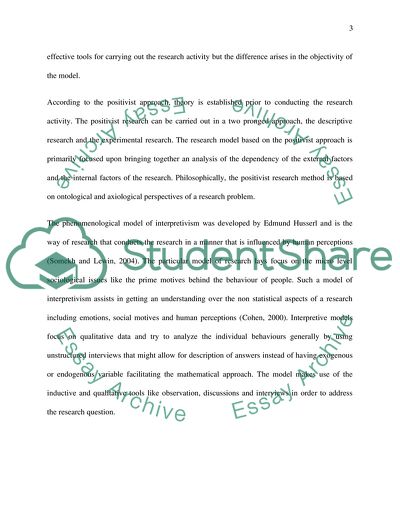Cite this document
(The Extent of Employee Satisfaction in the Health Sector in General Research Paper - 1, n.d.)
The Extent of Employee Satisfaction in the Health Sector in General Research Paper - 1. Retrieved from https://studentshare.org/health-sciences-medicine/1645560-methodology
The Extent of Employee Satisfaction in the Health Sector in General Research Paper - 1. Retrieved from https://studentshare.org/health-sciences-medicine/1645560-methodology
(The Extent of Employee Satisfaction in the Health Sector in General Research Paper - 1)
The Extent of Employee Satisfaction in the Health Sector in General Research Paper - 1. https://studentshare.org/health-sciences-medicine/1645560-methodology.
The Extent of Employee Satisfaction in the Health Sector in General Research Paper - 1. https://studentshare.org/health-sciences-medicine/1645560-methodology.
“The Extent of Employee Satisfaction in the Health Sector in General Research Paper - 1”, n.d. https://studentshare.org/health-sciences-medicine/1645560-methodology.


